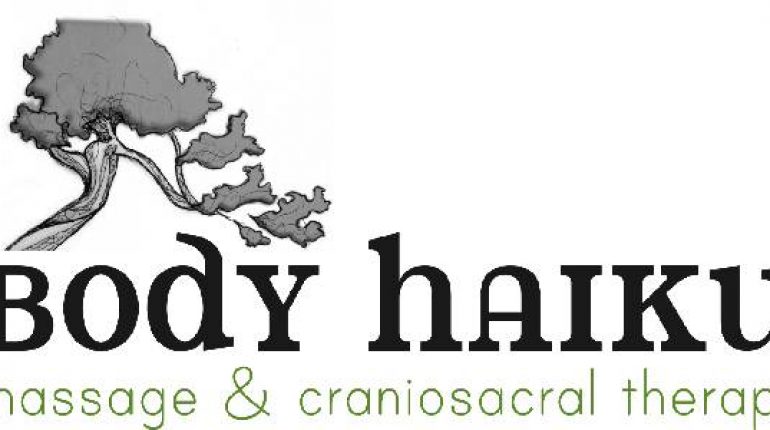What is Tui Na?


Tui na is one of the forms of bodywork that is used in Traditional Chinese Medicine to promote well-being and decrease stress. The ancient art of stimulating meridians is the basis for the practice of this ancient art. Several points are associated with various organs of the body. Imbalanced Qi flow can cause various issues, like pain, sickness and stiffness. By stimulating meridian points, you can relieve stagnated Qi and helps tonify the weak Qi flow. The most effective treatments for combination are those that combine.
Traditional Chinese Medicine uses tui na
Traditional Chinese Medicine, also known originally as An Mo (or An Mo), uses hand and arm movements to stimulate different organs. Massage encourages the flow of "qi" which is also known as "prana," through the body. It is particularly beneficial for treating infants and the elderly. There are a variety of Tui Na that are available for instance, those dealing with orthopedics, cosmetology and musculoskeletal issues.
It is also possible to utilize Tui Na for addressing musculoskeletal and non-musculoskeletal issues. This kind of massage may be powerful or gentle, according to the person who receives it. In the case of chronic or acute conditions, tui na can help balance the body's energy flow. Traditional Chinese medicine has relied on acupuncture for hundreds of years.
It's a kind of bodywork
Tui Na, or "hand work" can be described as an Oriental style of bodywork that makes use of stretching and pressure points to relieve blockages and encourage greater Qi flow through the body. Tui Na's main focus is on muscles, joints, energy meridians, as well as acupressure points. Its gentle yet effective strokes can help alleviate many types of pain. It can also bring the feeling of tranquility and wellbeing. This combination of Shiatsu massage and Shiatsu has been described as an "mashup" that combines both. This type of bodywork in conjunction with different forms of TCM is called Xiao Er Tui Na.
Although Qigong Tui Na is not widely utilized across the United States, related forms of Chinese bodywork are increasingly available. Acupressure that is holistic and utilizes the entire body to replenish energy and restore energy, is an option alongside traditional tui-na. The Ming dynasty in the late XIX century, the practice of Tui Na became more structured and systematic. When Chinese medicine started to investigate its therapeutic properties, the practice became more well-known.
It can be used as an addition to acupuncture.
The practice of Traditional Chinese Medicine, an adjunct to acupuncture is the application of tui na, a form of massage therapy. It is typically, Tui Na is used as a complement to acupuncture, to treat injuries and tension. The massage stimulates Qi (energy) throughout various parts of the body. It can also be used for treating injuries, inflammation as well as tension in muscles. Though it can't be used to replace acupuncture, it could prove beneficial for many people.
Gua Sha is another technique for relieving muscle tension. It involves employing a tool that is specially designed that scrapes the skin around troublesome areas. This is similar to receiving a deep massage, although it is possible to feel some swelling afterwards. Another common ingredient used in this method is mugwort. This herb is used to warm the acupuncture points to speed up healing. The complementary approach is getting more popular among Western practitioners because of the effectiveness of this method.
This reduces stress.
If you're looking for an effective method to ease stress, try tui na. Traditional Chinese massages help strengthen joints, muscles and tendons. This massage is effective for treating RSI. It's an extremely difficult condition to treat using conventional medical methods. Incorrect posture and repetitive motions are often the root source of the problem. RSI results in pain, discomfort, and decreased mobility. Conventional medicine typically treats RSI with physical therapy medication , and rest. Surgery may be required in the most extreme cases.
Nervous tension and stress can trigger headaches. These symptoms can be relieved with acupressure point found on the temples on the head and forehead. Tui Na massage Tui Na massage helps restore balance both in body and mind. The head-craniums may become clogged by energy, causing headaches. When you do a Tui Na massage the energy circulates throughout the body and is released. It helps to prevent migraines.
It eases pain
Among the various benefits of Tui Na is pain relief. It can help ease muscle pain, tension, and spasms. It also relieves chronic problems, such as headaches, insomnia, and constipation. Tui Na is particularly beneficial to those who suffer from constant neck pain. Tui Na is an excellent alternative if you're worried about side effects from other types of massages.
In the traditional Chinese medicine, the disease results from an imbalance in yin and yang energies in the body. In order to balance these energies, Tui Na can ease joint pain and helps restore balance and health. It loosens the fascia, which enhances circulation. 화성출장마사지 Tui Na is an effective tool in order to improve chiropractic treatment. It can do this without the necessity of surgical intervention.
This improves blood circulation
A massage therapist uses his or her hands for applying pressure on certain body parts. There are many advantages to Tui Na. The regular use of the tui-na method will boost blood flow to your body and improve your level of energy. There are no adverse effects or negative effects, and is built on 2,000 years-old Chinese medicine. It is an excellent alternative to traditional medicine and is used by athletes and health care doctors alike.
In addition to improving blood flow, Tui na can also speed up the healing process. This massage can help to reduce the scar tissue as well as relax the muscles. Also, it activates the lymphatic system. It's great for stiff backs, sore neck as well as sciatica, constipation and stiff neck. This massage is ideal for those looking to increase their energy levels, and decrease the risk of injury.
